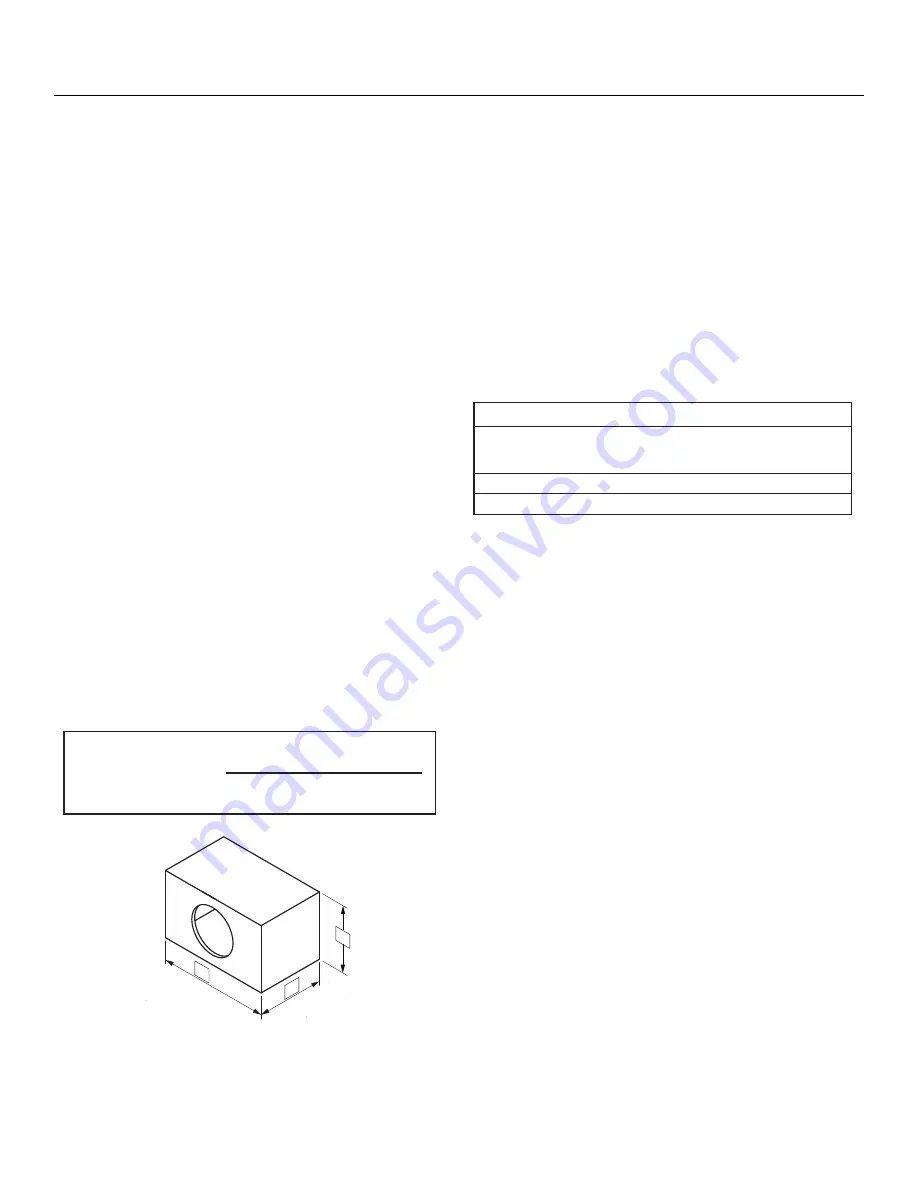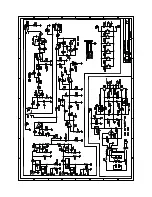
6
Installation
Sealed Enclosures
Sealed enclosures are the simplest to build. The most important part
of building a sealed enclosure is to make sure that the enclosure is
airtight. Using glue and some type of sealant on all seams will ensure
solid construction and prevent air leaks. The box volume will directly
impact the performance of the speaker. Larger enclosures will
provide flatter response and deeper bass where smaller boxes will
provide a bump in the response curve and generally higher output
for greater SPL.
Advantages of sealed enclosures:
•
Small enclosures
•
Linear (Flat) response
•
No port noise
•
High power handling at all frequencies
•
Excellent for sound quality
•
Extended low frequency output when compared to vented
enclosures
Building an Enclosure
To work properly, the walls of the enclosure must be rigid and not
flex when subjected to the high pressures generated by the speaker’s
operation. For optimum performance, we recommend using
3/4” MDF (Medium Density Fiberboard) and internal bracing. The
enclosure should be glued together and secured with nails or screws.
Calculating Volume
Calculating volume is merely a matter of measuring the dimensions
in inches and using the formula: H x W x D divided by 1728 (cubic
feet). See block below.
Box Volume
Height” x Width” x
Depth”
Divided by (cubic
feet)
1728
If two facing sides are of uneven length, add them together and
divide by two to take the average. Using this number will give you
the volume without the necessity of calculating the box in sections
and adding the sections together. The thickness of the baffle material
reduces the internal volume so this must be subtracted from the
outside dimensions to determine the internal volume. The speaker
itself also reduces the internal volume. The amount of air displaced
by each model is listed on the specification sheet and should also be
subtracted from the gross volume calculation.
Sealed Enclosure
NOTE: Vb is the internal volume, before any speaker and/or port
displacement is added. All external dimensions were based on
the use of 3/4” (1.90cm) materials.
NOTE:
When using enclosures other than recommended, call
Technical Support for correct application.
Optimum Sealed Enclosure Recommendation
Sealed Enclosures
10”
Total Internal Volume cu. ft.
(Liter)
.5 (14L)
Woofer Displacement cu. ft. (Liter)
0.1 (2.83)
V
b
- Net Internal Volume cu. ft. (Liter)
1.0 (28.32)
H
W
D
• (1)Element Ready
™
Subwoofer with Sport/
Stainless Grill
• (6) Socket Head Stainless
Screws
• (1) COLOR OPTIX™ Harness
• (1) 1/8” Drill Bit
• (1) Socket head driver bit
• Installation and Operation
Manual
Contents







































